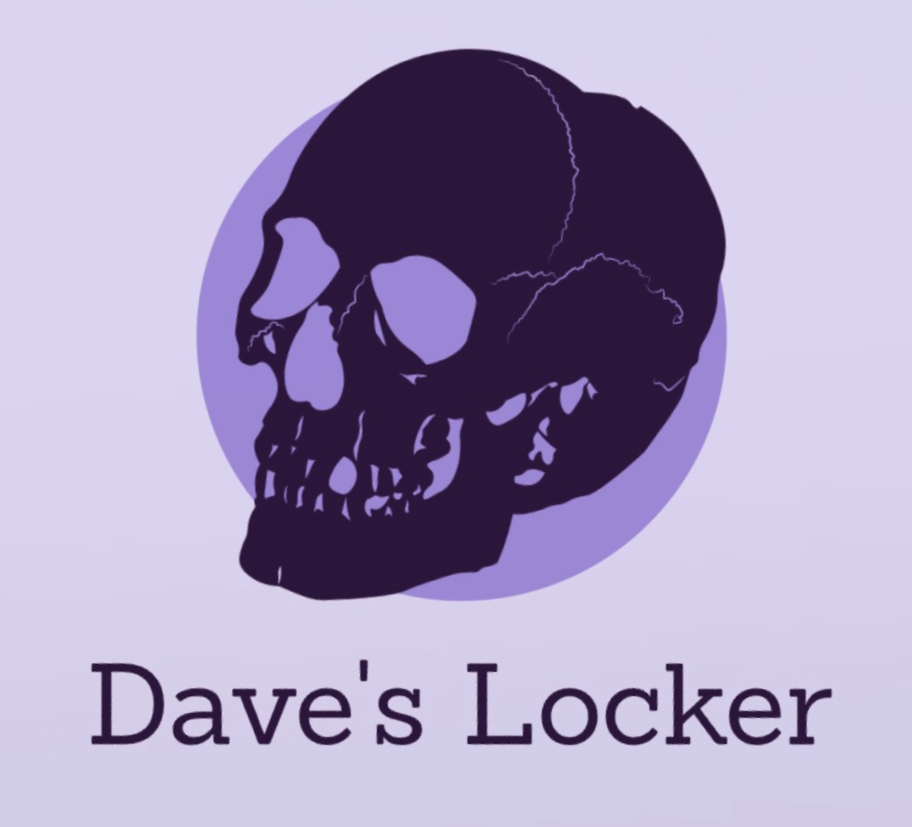Shaking Up the Internet: Why Parkinson’s Disease is Trending Globally
### **Shaking Up the Internet: Why Parkinson’s Disease is Trending Globally**
In the vast, ever-shifting landscape of the internet, trends come and go like fleeting memes. But every so often, a topic emerges that transcends the usual viral noise, capturing global attention for its cultural significance and social impact. Enter Parkinson’s disease—a neurological condition that’s been making waves in the digital sphere. But why is it trending now, and what makes it so compelling to a global audience?
#### **The Cultural Context: From Michael J. Fox to Global Awareness**
Parkinson’s disease has long been associated with high-profile figures, most notably actor Michael J. Fox, who was diagnosed at the young age of 29. His openness about his condition has played a pivotal role in raising awareness and destigmatizing the disease. Fox’s advocacy has been instrumental in shifting public perception, turning Parkinson’s from a whispered medical condition into a widely recognized and discussed topic.
But beyond celebrity endorsements, the internet has democratized the conversation around Parkinson’s. Social media platforms like Twitter, Instagram, and TikTok have become hubs for sharing personal stories, scientific breakthroughs, and advocacy campaigns. The #ParkinsonsAwareness hashtag, for instance, has seen a surge in usage, with users sharing their experiences, tips for managing symptoms, and calls for increased research funding.
#### **The Social Impact: A Global Conversation**
Parkinson’s disease affects millions worldwide, with an estimated 10 million people living with the condition. The internet has become a lifeline for those affected, offering a sense of community and support that was previously hard to come by. Online forums, Facebook groups, and Reddit threads provide spaces for patients and caregivers to connect, share advice, and vent frustrations.
Moreover, the digital age has facilitated global collaboration in research and advocacy. Crowdfunding campaigns for Parkinson’s research have gone viral, raising significant funds for scientific studies. Social media has also amplified the voices of activists pushing for policy changes, such as improved healthcare access and funding for neurological research.
#### to the Trend: Why Now?
So, why is Parkinson’s disease trending now? Several factors contribute to its sudden surge in online visibility:
1. **Celebrity Influence**: High-profile figures like Michael J. Fox and actor Alan Alda, who recently passed away, have brought renewed attention to the disease. Their stories resonate deeply with the public, making the condition more relatable and urgent.
2. **Advancements in Research**: Recent breakthroughs in Parkinson’s research, such as the development of new therapies and the exploration of genetic factors, have sparked global interest. The internet has become a go-to source for the latest updates, with news outlets and science communicators disseminating information rapidly.
3. **Social Media Activism**: The rise of social media activism has empowered individuals to advocate for causes they care about. Parkinson’s disease has become a rallying point for those advocating for better healthcare, research funding, and public awareness.
4. **Personal Stories**: The power of personal narratives cannot be overstated. As more people share their journeys with Parkinson’s, the condition becomes less of an abstract medical term and more of a lived experience that touches hearts and minds.
#### **The Significance: A Call to Action**
The trend of Parkinson’s disease on the internet is more than just a fleeting viral moment; it’s a call to action. It’s a reminder that behind every medical statistic is a human story. The global conversation around Parkinson’s is driving change—from increased funding for research to greater public awareness and empathy.
As the internet continues to evolve, so too will the ways in which we discuss and address complex issues like Parkinson’s disease. The digital age has given us the tools to connect, advocate, and innovate. It’s up to us to use them wisely and make a difference.
—







